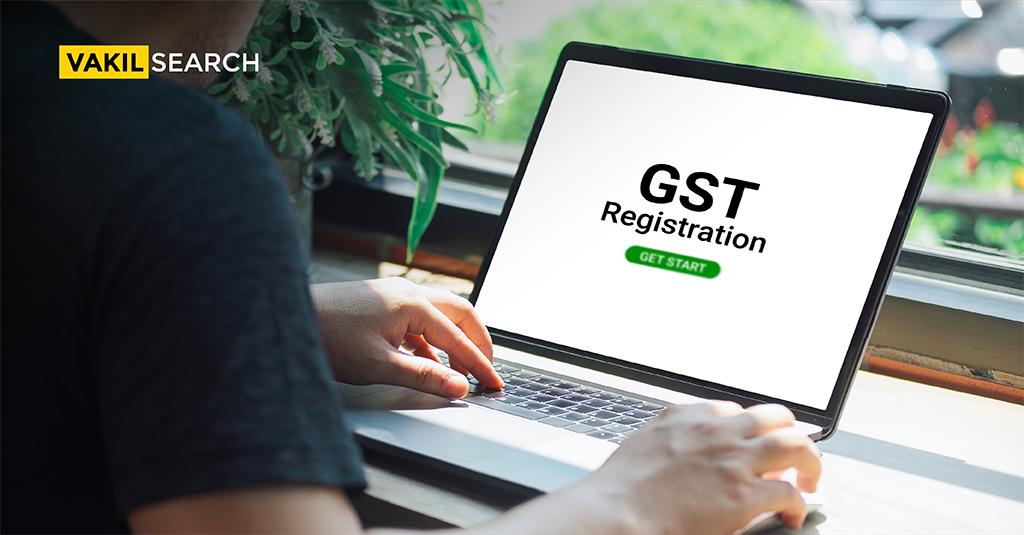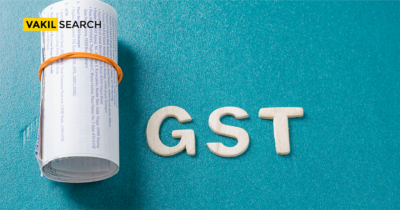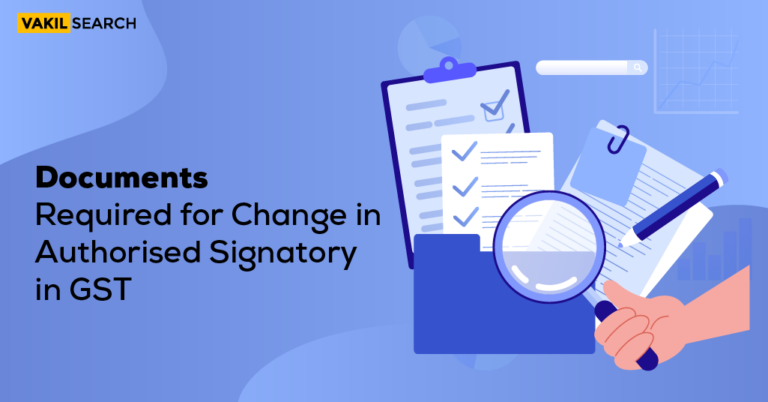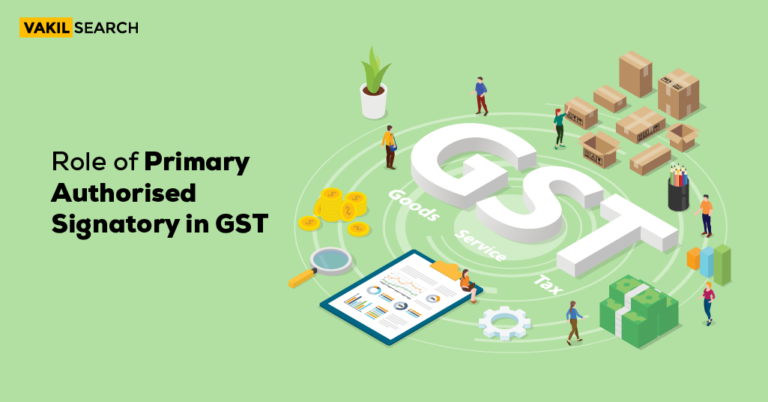Over time, the government has made a conscious effort to move more compliance functionalities online, including taxation. Paying one’s taxes is required under the law, but we also need to know how to track such payments so as to protect ourselves adequately.
Paying your GST dues is a straightforward process, and after making the payment, it’s crucial to monitor its status. Whether you choose online or offline payment through authorised banks, tracking ensures a comprehensive record of your transaction. To do this, log in to your GST account, generate a GST payment challan, and follow the steps outlined in other articles. If, however, you haven’t received credit within 24-48 hours, address any payment-related concerns by raising a ticket for prompt resolution. Stay informed and in control of your GST transactions with efficient payment tracking procedures.
Who Can Track GST Payments?
Tracking GST payments is a vital aspect of ensuring compliance and financial transparency. Multiple entities play crucial roles in monitoring and overseeing GST payments:
Taxpayers:
GST payment tracking begins with the taxpayers themselves. Registered businesses and individuals can monitor their payment status by logging into the GST portal. This self-service approach empowers taxpayers to stay informed about their financial obligations.
GSTN (Goods and Services Tax Network):
The GSTN, as the technology backbone of GST, facilitates efficient payment tracking. It provides a robust online platform where taxpayers can access their payment history, challans, and filing status. The GSTN acts as a centralised system, streamlining payment verification processes.
GST Authorities:
Government authorities, both at the state and central levels, have access to real-time data through the GSTN. They play a pivotal role in monitoring GST payments to ensure adherence to tax regulations. Any discrepancies or non-compliance can trigger audits or investigations by tax authorities.
Banks and Financial Institutions:
Banks and financial institutions also contribute to tracking GST payments. They process the electronic funds transfer initiated by taxpayers, and transaction details are shared with GSTN. Taxpayers can cross-verify their payment status by checking bank statements for successful fund transfers.
GST Compliance Platforms:
Third-party GST compliance platforms and software solutions offer businesses additional tools for tracking payments. These platforms often integrate with the GSTN, providing users with comprehensive dashboards, payment reminders, and alerts for due dates.
Chartered Accountants and Tax Professionals:
Businesses often engage chartered accountants or tax professionals to manage their GST compliance. These professionals have access to client data and utilise their expertise to track payments, ensuring timely submissions and adherence to GST regulations.
GST Payment Status
The Goods and Services Tax (GST) is an integrated tax levied on the supply of goods and services, and it is important for businesses to regularly check their GST payment status to ensure compliance. While submitting your Goods and Services Tax (GST) to the central government every month, there are chances that you may struggle initially for the first 2-3 times on how to navigate the portal. In this article, we will give how to check gst payment status.
- Step 1: Visit the GST portal: Fortunately, you need not log in to track payments. On the homepage of the GST portal, go to services. Here, click on ‘Payments’, and then on ‘Track GST Payment Status
- Step 2: Enter the details of your Central GST number: https://cbic-gst.gov.in/cbec-portal-ui/?knowYourJuris and the common PIN. Further, the status will show you if it’s paid or not paid
- If it shows as paid, you can download the receipt.
Steps to Track GST Payment Status Online Before Logging
Step 1: Access the GST Portal
Begin by visiting the GST portal. Notably, you won’t need to log in initially for payment tracking. On the Dashboard, navigate to the Services tab, followed by Payments, and then select Track Payment Status.
Step 2: Enter GSTIN and CPIN
Provide your GSTIN and CPIN. After entering these details, input the captcha code as prompted. Click on ‘Track Status’ to proceed. The payment status, indicating whether it is paid or not paid, will be displayed.
Step 3: Action Based on Challan Status
Case 1: If Status is ‘PAID’
In this scenario, the ‘View Receipt’ button becomes active. Clicking on it allows the taxpayer to view and download the receipt. Opt for the ‘Download’ button for offline saving of the receipt.
Case 2: If Status is ‘NOT PAID’
For unpaid status, save an offline copy by clicking ‘Download.’ If you wish to view the challan, select ‘View Challan,’ which opens for your perusal. Once again, save an offline copy by clicking ‘Download.’ These intuitive steps offer a user-friendly approach to tracking GST payment status without the need for initial login.
Steps to Track GST Payment Status Online After Logging
Step 1: Log in to the GST Portal
Initiate the process by logging in to the GST portal using your credentials. This ensures secure access to your account and payment details.
Step 2: Navigate to Challan History
Upon logging in, click on the ‘Services’ tab. Within the ‘Payments’ section, locate the ‘Challan History’ option. This serves as the gateway to accessing detailed information about your payment transactions.
Step 3: Search and Retrieve
In the ‘Challan History’ section, you have the flexibility to search for payment details using either the CPIN or specific dates. Enter the relevant information and proceed with the search.
Step 4: View Challans and Payment Status
The system will display a comprehensive list of challans along with their corresponding payment statuses. This provides a clear snapshot of your payment history, enabling you to monitor the status of individual transactions efficiently.
Steps to Follow if GST Payment Fails
Encountering issues with your GST payment? Here’s what you can do:
Understanding CPIN and CIN
CPIN (Common Portal Identification Number) is generated before GST payment, while CIN (Challan Identification Number) is issued after payment. CPIN is generated during online challan creation, and after submission, the 17-digit CIN is issued, incorporating the 14-digit CPIN and a 3-digit Bank Code.
Multiple Debit Transactions
If your account is debited more than once, check the Electronic Cash Ledger. If both transactions reflect, contact the Help Desk. If there’s only one transaction, contact your bank. If funds are debited without a CIN, use GST PMT-07 on the portal under ‘Grievance/ Complaints.’
Re-initiating Payment with Another Bank Account
Yes, you can use another bank account to re-initiate payment if your transaction fails from one bank.
Offline Payment Post Challan Expiry
If you made an offline payment after the challan expiry, generating a new challan is necessary. The expired challan, even if accepted by the bank, will be rejected on the portal. Seek a refund from the bank while generating a new challan online.
Payment Confirmation After Server Issue
Check the payment status under ‘Challan History.’ If the status is ‘INITIATED,’ it’s in process. If ‘FAILED,’ create another challan. Depending on the status, the debited amount may get updated or credited back, taking up to 24 hours.
Cheque Issued for Over The Counter Mode
Issue the cheque in favour of ‘GST Payments’ when paying through Over The Counter mode.
Filling Up Challan for Cheque Payment
Challans must be generated online for all payment modes. Print the online challan for Over The Counter payments (cheque/cash/DD) and use it. Manual filling is not acceptable.
Editing Incorrectly Filled Challan
If CPIN is not generated, amend the challan within 7 days. If CPIN is generated, create a new challan. The incorrect challan will expire automatically after 15 days.
Next Steps After Filling-Up a Challan
After filling a challan, select a payment mode and make the payment. Refer to a step-by-step guide on paying GST online on the blog for detailed information.
Correcting a Submitted Challan
If CPIN is not generated, amendments can be made within 7 days. If CPIN is generated, create a new challan as the previous one expires automatically after 15 days.
Handling Multiple Debits
For multiple debits, contact the help desk if both transactions appear in the Electronic Cash Ledger. If only the original transaction shows, contact your bank. Use GST PMT-07 for credit of missing payment under the Grievance Section if funds are debited, and CIN is not created.
Frequently Asked Questions
1. What is the difference between CPIN and CIN?
A) CPIN is the common portal identification number, while CIN is the challan identification number B) The CPIN is a 14-digit number that is generated before payment, while the CIN is a 17-digit number that is generated after payment C) The CPIN is issued at the time of generating the GST tax challan online. Once this challan is submitted, you receive the 17-digit CIN number
2. How do I get a debit transaction reversed if my account is debited more than once for the same transaction?
A) If both transactions are reflected in the electronic cash ledger, contact the help desk, i.e., 0120-4888999 or helpdesk@gst.gov.in B) If the electronic cash ledger has only one transaction, then it may be a transaction error. In this case, contact your bank C) If funds are debited but you haven’t received a CIN, then you can use GST PMT-07 to apply to the bank or electronic gateway through the common portal. This is available on the GST portal. Further, on the portal go to Services>>User Services>> Grievance/ Complaints. Under ‘Submit Grievance’ select the ‘Grievance Type’. Fill up all the details and submit.
3. Can I use another bank account to reinitiate the payment for the same challan?
Yes, you can.
4. I made an offline payment after the challan expiry date and the bank has accepted it. It still shows ‘Not Paid’ on the GST portal. What should a person do if this situation arises?
A challan is valid for 15 days and the cancellation process is automatically after the validity period. The taxpayer has 2 options: A) Pay GST with the challan (with CPIN) within the validity period, or B)Request for a fresh GST challan online after entering the necessary data Do note that as the payment was made after the expiry date, it cannot be updated on the GST portal. This means that the bank accepting the cheque or DD does not mean that it has been accepted by the GST portal. Generate a new challan from the portal and make the payment.
5. What do you do if you make a payment and the server is down?
If you come across such a situation, visit the GST portal. Go to Services>>Payments>>Challan History. Further, if the status shows as initiated, then the payment is still in process. However, if it shows as failed, you are required to initiate another challan.
6. In whose name should I issue a cheque if I’m paying GST offline?
The cheque needs to be issued in favour of GST payments.
7. If I pay using a cheque, how do I get a challan?
All challans are issued online. If you’re paying via cheque or DD, you need to print out your challan.
How do I know if a supplier has paid GST?
To verify if a supplier has paid GST, check your electronic cash ledger on the GST portal. It provides real-time updates on credits, reflecting payments made by your suppliers. Review the ledger regularly to ensure accurate records of GST payments from your suppliers.
What if GST payment is not reflected in the portal?
If a GST payment isn't reflected on the portal, first confirm the payment was successful with your bank. If the transaction is confirmed, reach out to the GST helpdesk or your jurisdictional tax authority. They can investigate discrepancies and ensure proper reconciliation of your payment records.
How do I track my GST payment without CPIN?
If you lack a CPIN (Common Portal Identification Number), alternative tracking methods are available. Use the GST portal's 'Track Payment Status' feature, entering details like GSTIN, payment amount, and date. This allows you to monitor payment status without relying on the CPIN.
How do I track a payment using transaction ID?
To track a GST payment using a transaction ID, access the GST portal's 'Track Payment Status' option. Enter the unique transaction ID provided by your bank after making the payment. The portal will display the current status, ensuring a straightforward method to monitor your transaction's progress.
What is the GST Challan number?
The GST Challan number is a unique identifier assigned to each payment transaction made on the GST portal. It contains details like the taxpayer's name, head of payment, and amount. This number is crucial for referencing and reconciling payments, providing a clear audit trail for GST transactions.
Which challan is used for GST payment?
The GST PMT-06 challan is commonly used for GST payment. It is generated on the GST portal and contains details such as the taxpayer's name, GSTIN, the amount to be paid, and the mode of payment. Ensure accurate details while generating the challan to facilitate seamless payment processing.










